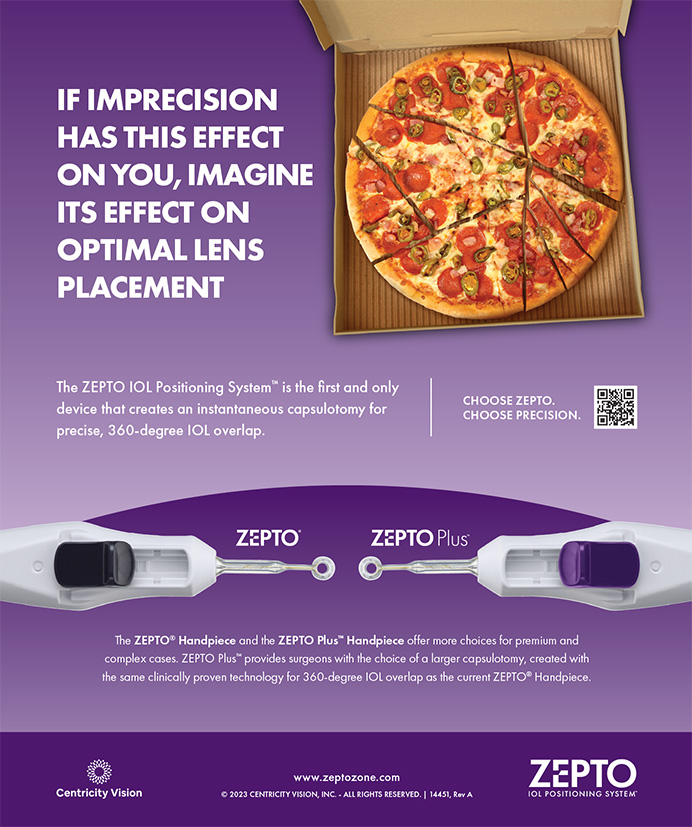Jack T. Holladay, MD, MSEE, started his career as an electrical engineer and ended up being one of the most influential ophthalmologists of our time. His invention of the Brightness Acuity Tester has allowed millions of people to undergo cataract surgery who would not otherwise have been able to do so. Now retired from clinical practice, he reminisces about his career with CRST.
When you were studying engineering, did you expect that you would ultimately enter the field of medicine?
I did not think about medicine until I had finished my master’s degree in electrical engineering with a specialization in biomedical engineering in 1971. I took some physiology courses at Southwestern Medical School and realized the possibilities of applying my engineering background as a physician. Students should always follow their passion. If you enjoy what you are doing, you will never tire.
Looking back over your career, was there a particular person who most inspired you?
James Henry “Red” Duke Jr, MD, who passed away in August 2015, was a good friend, mentor, and inspiration to me for more than 40 years. His advice was simple: “Always tell the truth. Always be considerate of others and what their situation may be. Try to do something nice for somebody else at least once every day. There’s no value in worrying. You just have to work it out and solve the problem.” I loved his country-boy style, but behind the facade was a brilliant diagnostician and surgeon. Duke was the model for the 1987 television show Buck James, which starred Dennis Weaver as a country doctor at a Houston academic hospital. Weaver shadowed Red for 2 weeks to create the character.
What advice would you offer to ophthalmologists who are just starting out?
Give some real thought to budgeting your time for your family, career, and health (fitness and nutrition). Most of us have had our nose to the grindstone for so long that we rarely look up. I made time for my family by coaching every little league and soccer team I could from when my children were 4 years old until I was no longer qualified (when they reached about age 12). I still see young men and women who address me as “Coach Holladay” and have children of their own. Those encounters mean as much to me as when a young resident says, “Dr. Holladay, my dad (or mom) told me to say hello. He (or she) took your optics course, too.” I feel very fortunate to be alive after surviving an ascending aortic aneurysm 7 years ago and have been blessed to see my six grandchildren since then. I try to follow Red’s advice and pass it on.
What do you find most exciting about current developments in ophthalmology?
We have made significant strides in replacing the cataract with a prosthesis that mimics the young crystalline lens through diffractive, refractive, and small-aperture optics, but there was always a compromise with glare, halos, or performance in low light. In the next few years, we will have accommodating IOLs with no compromise.




